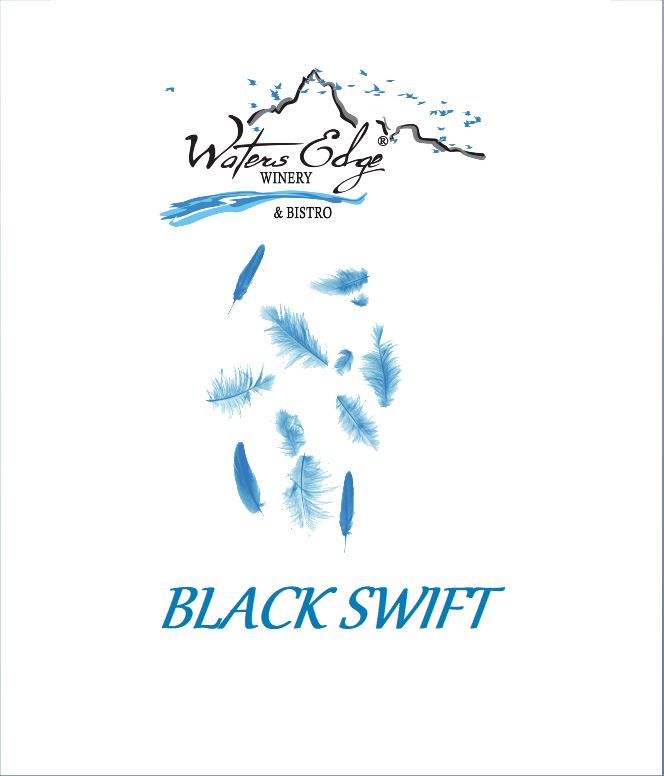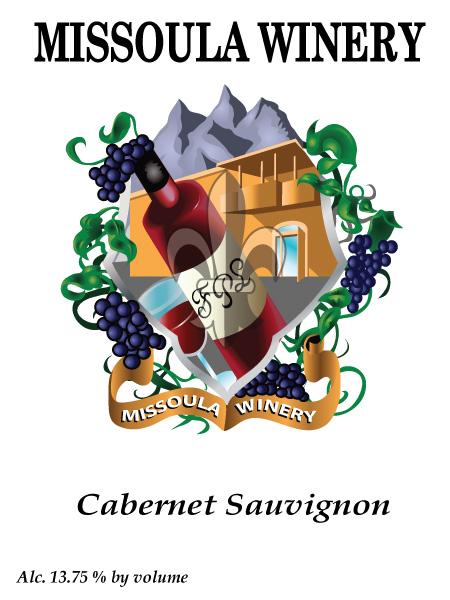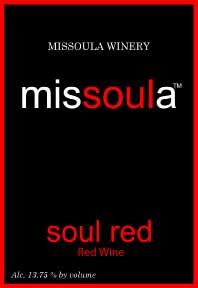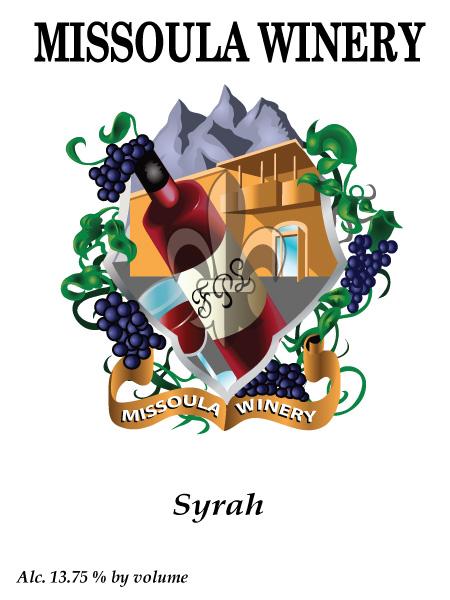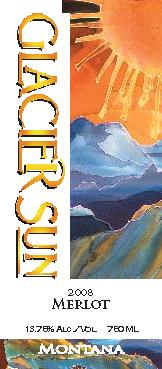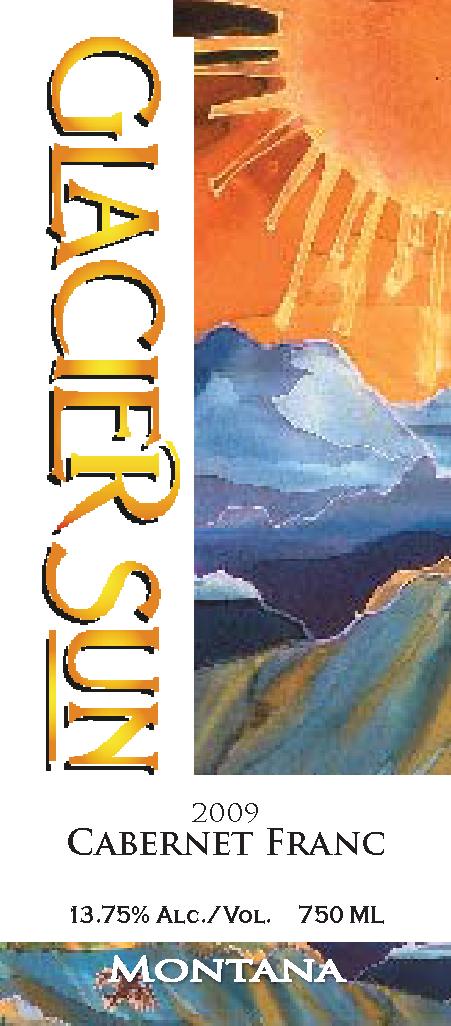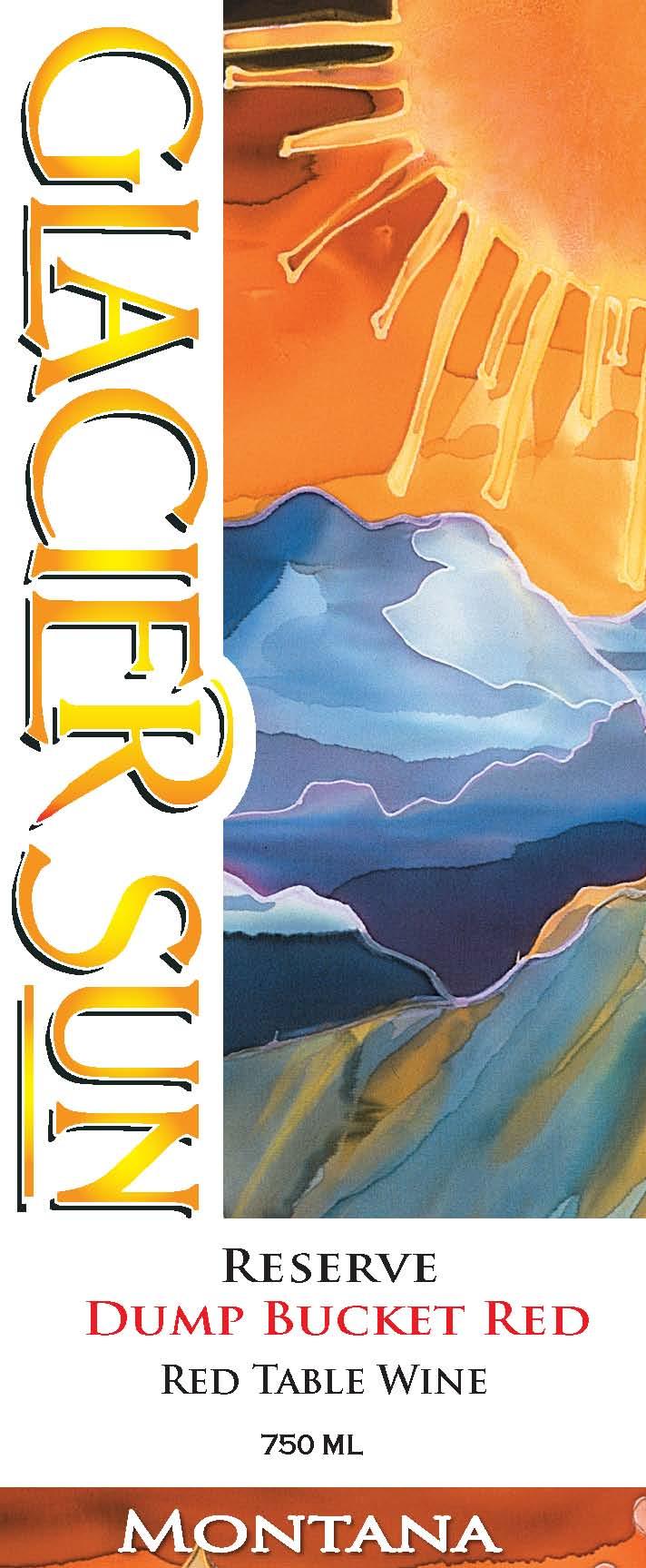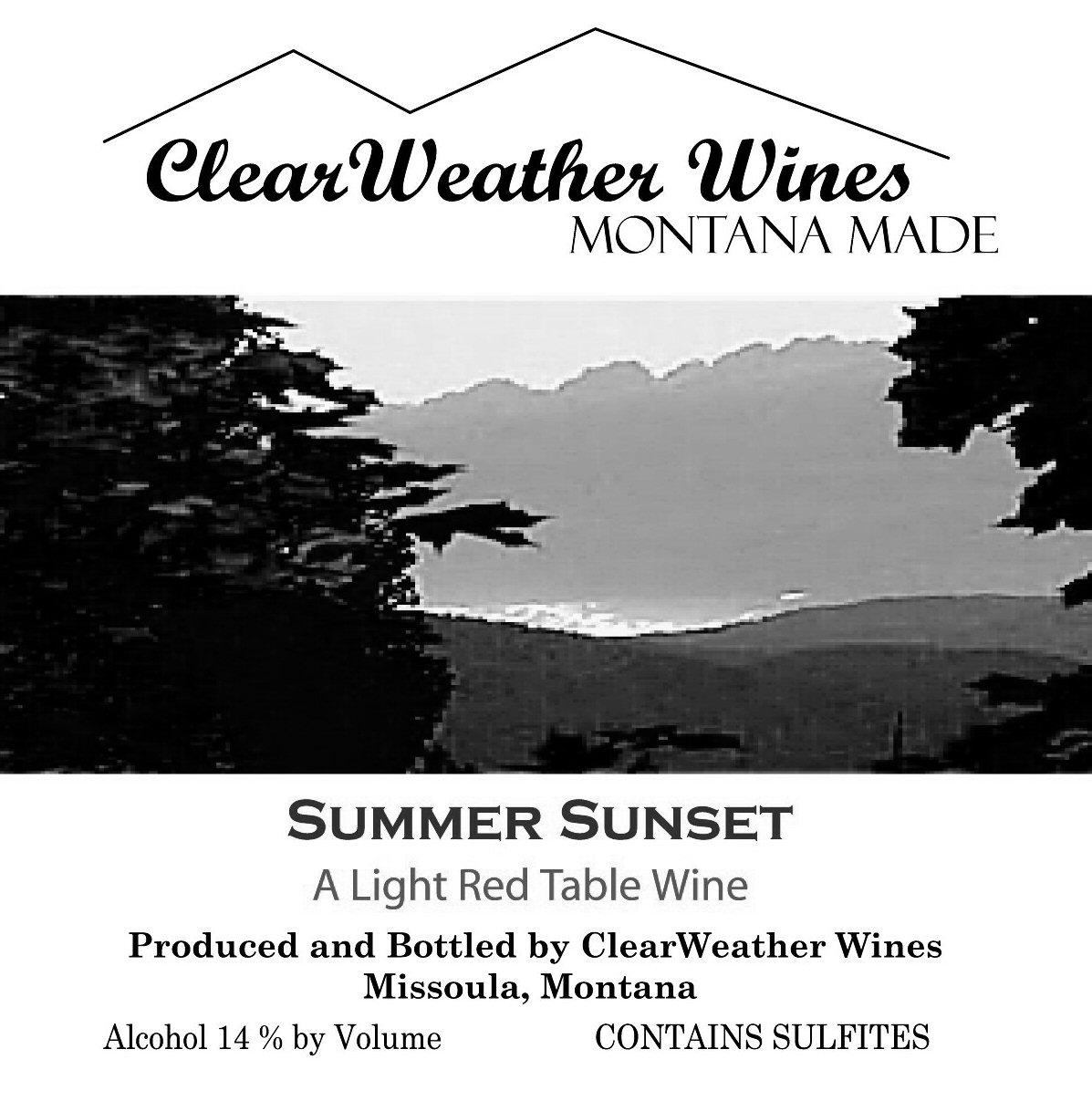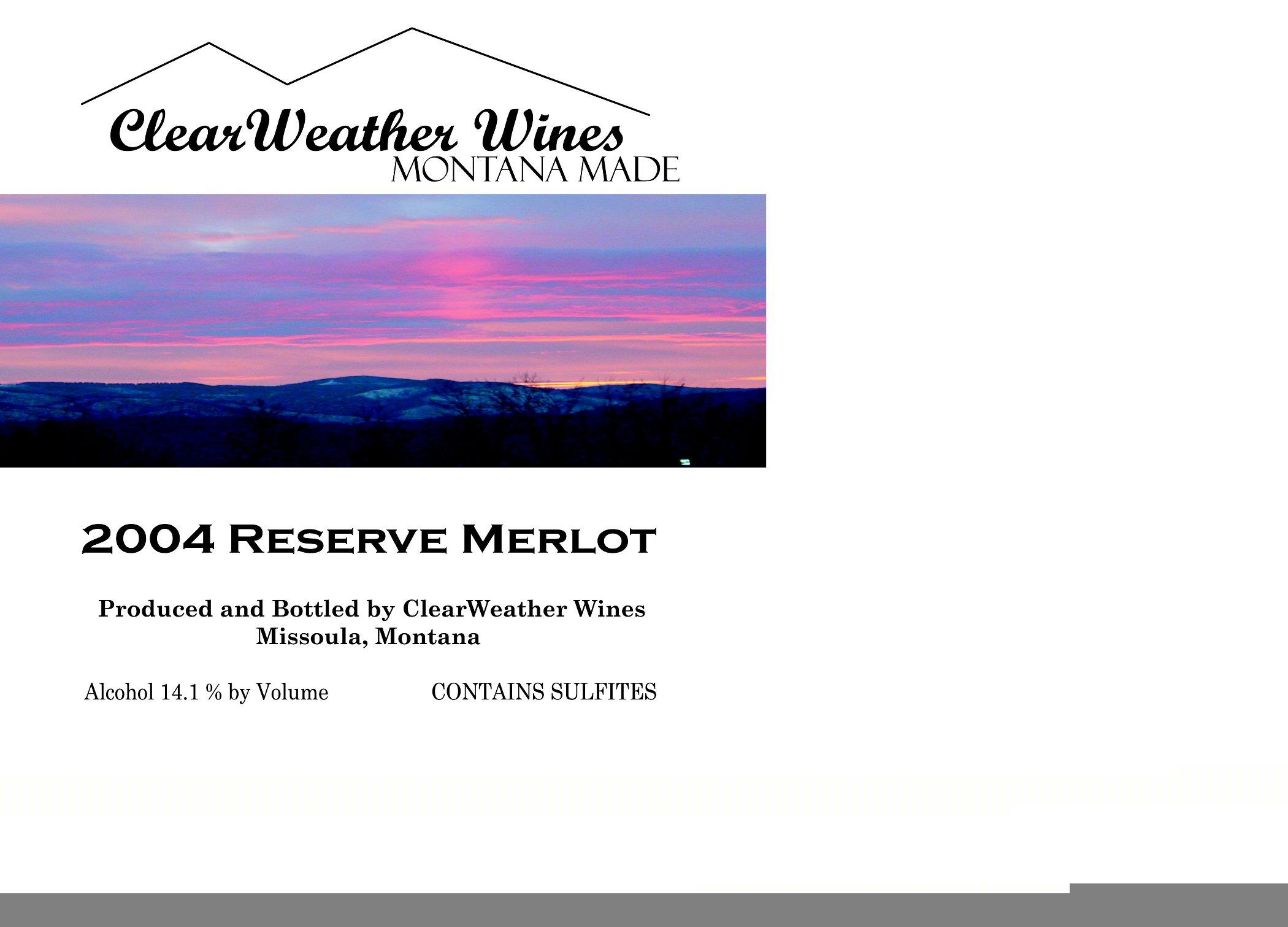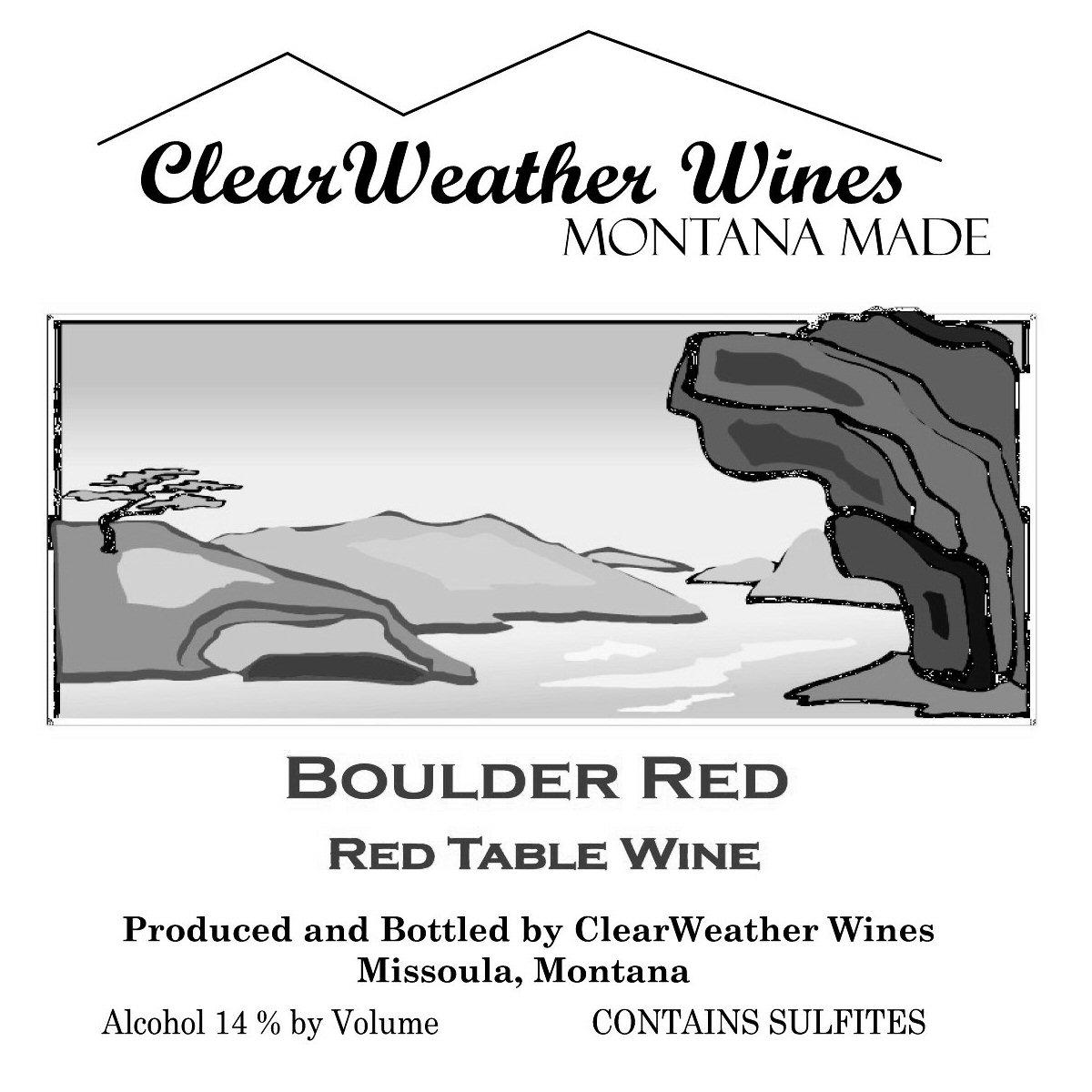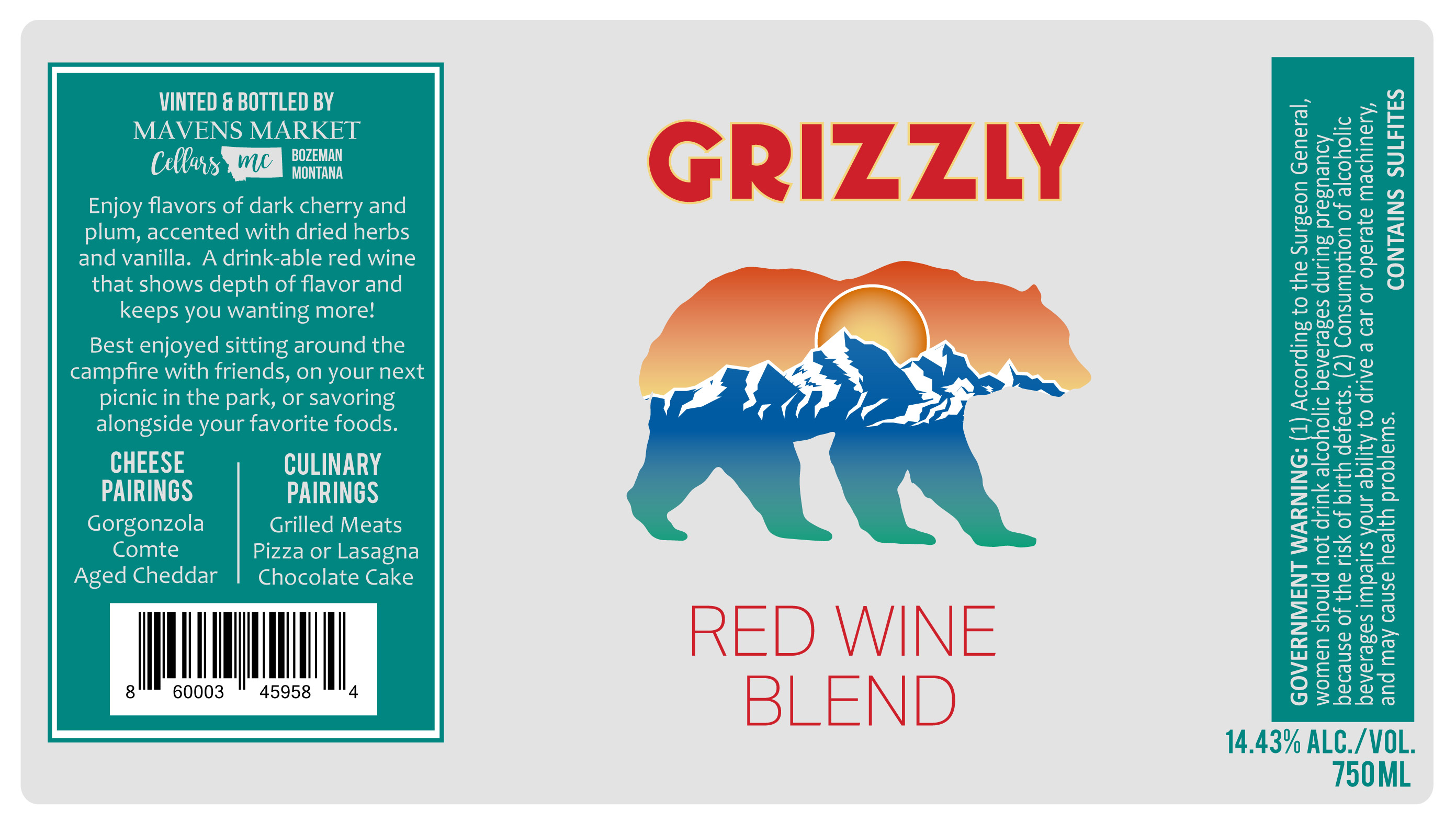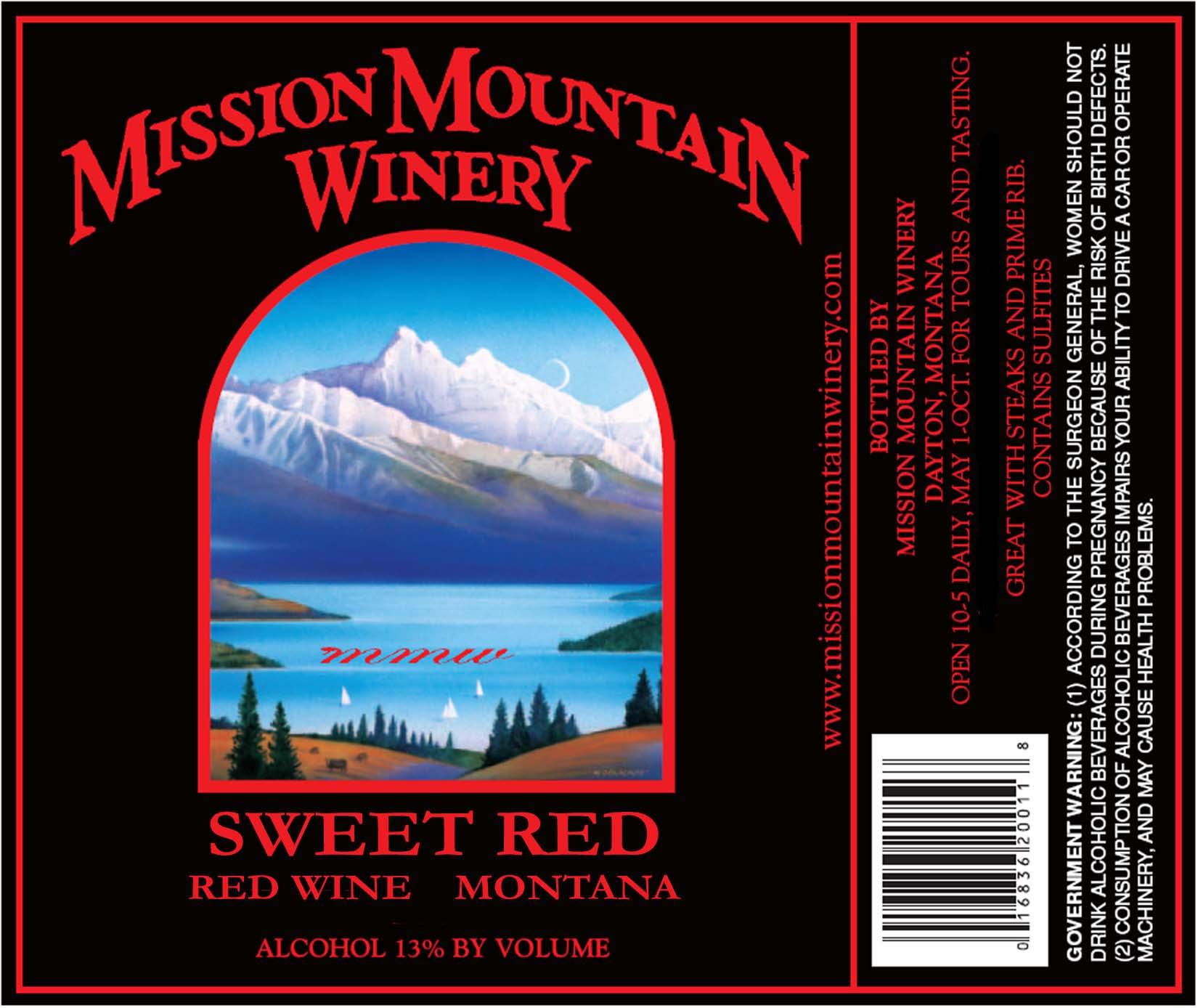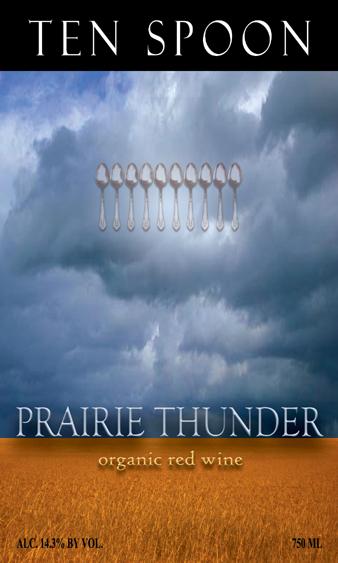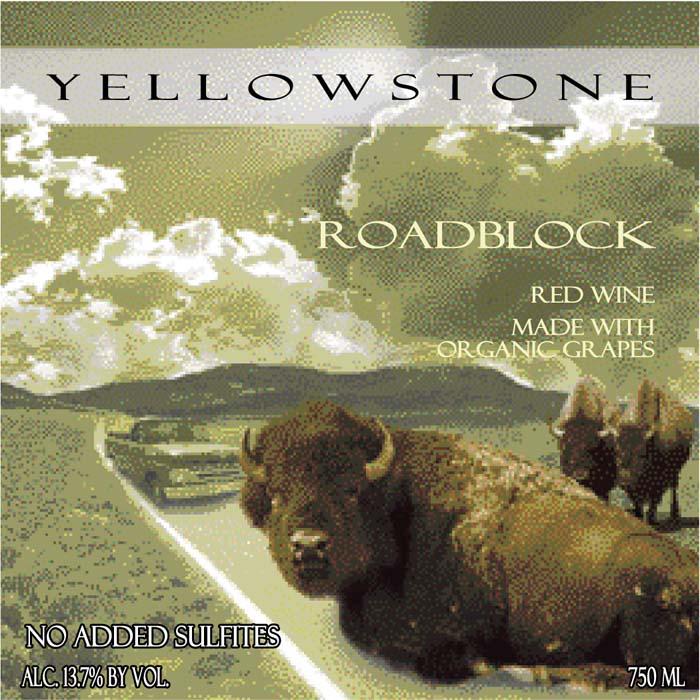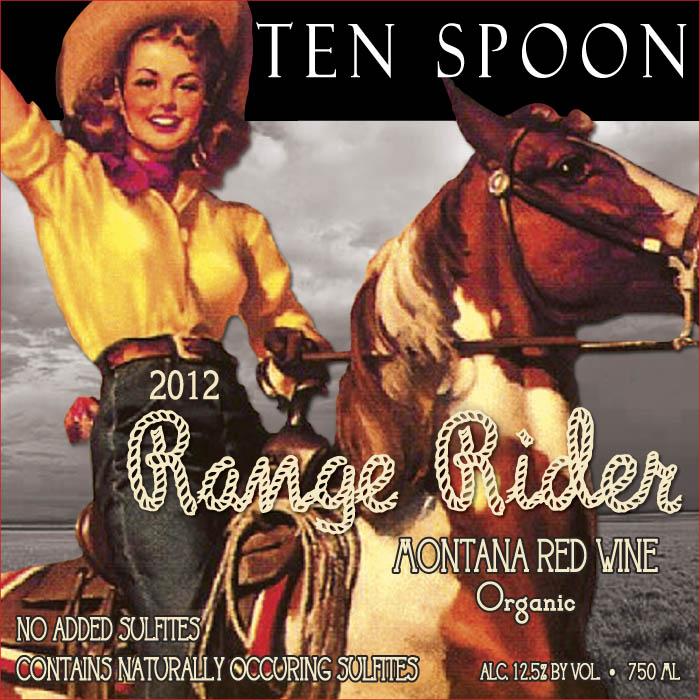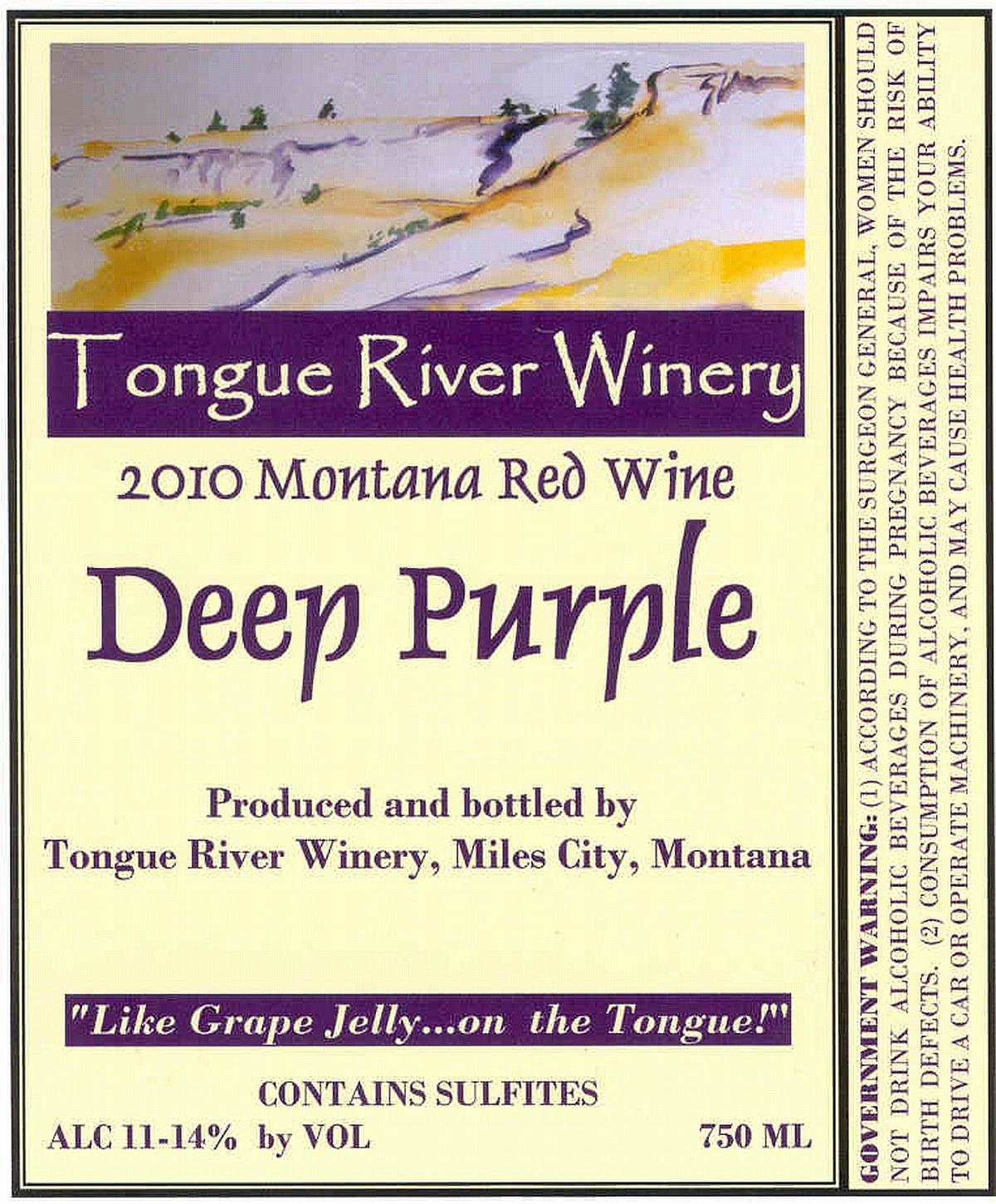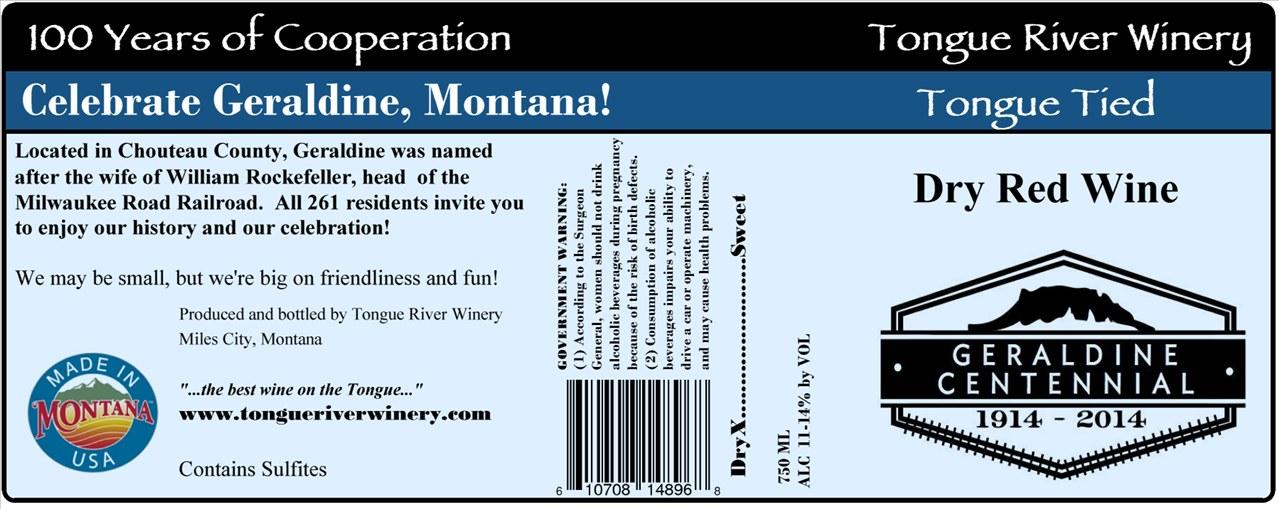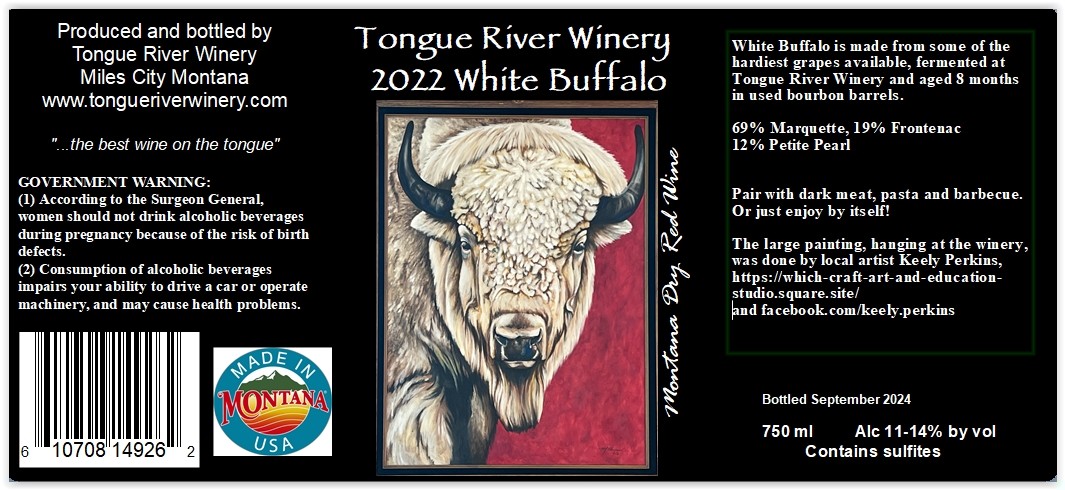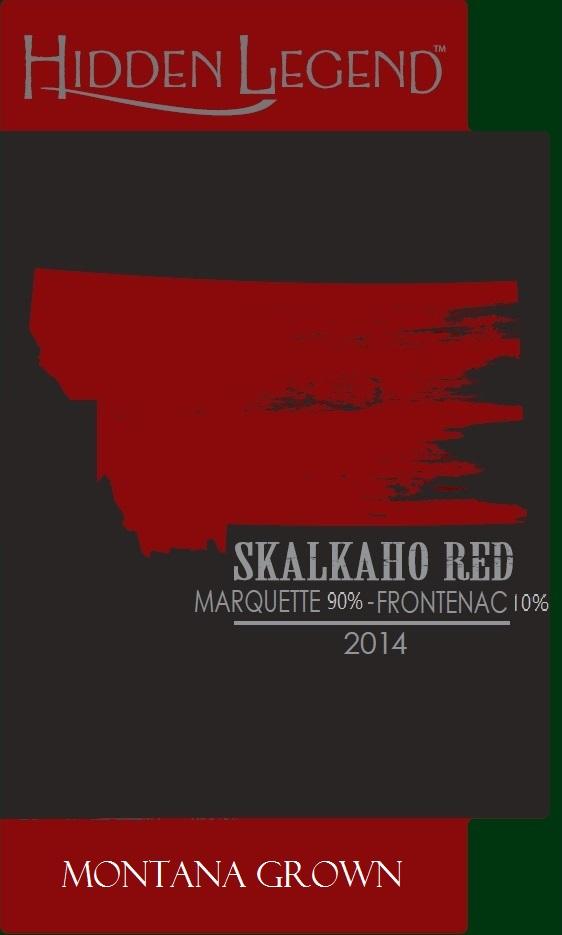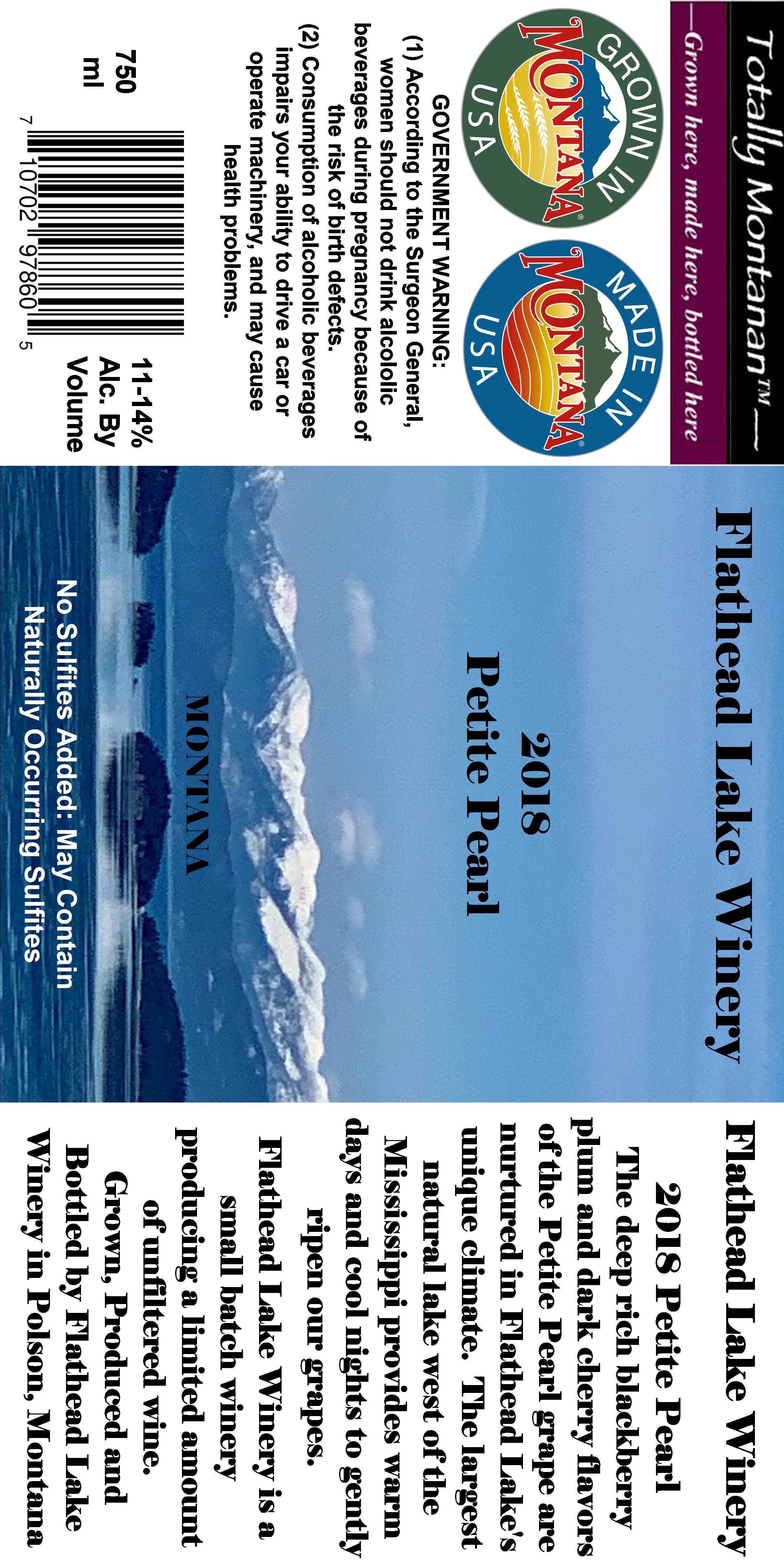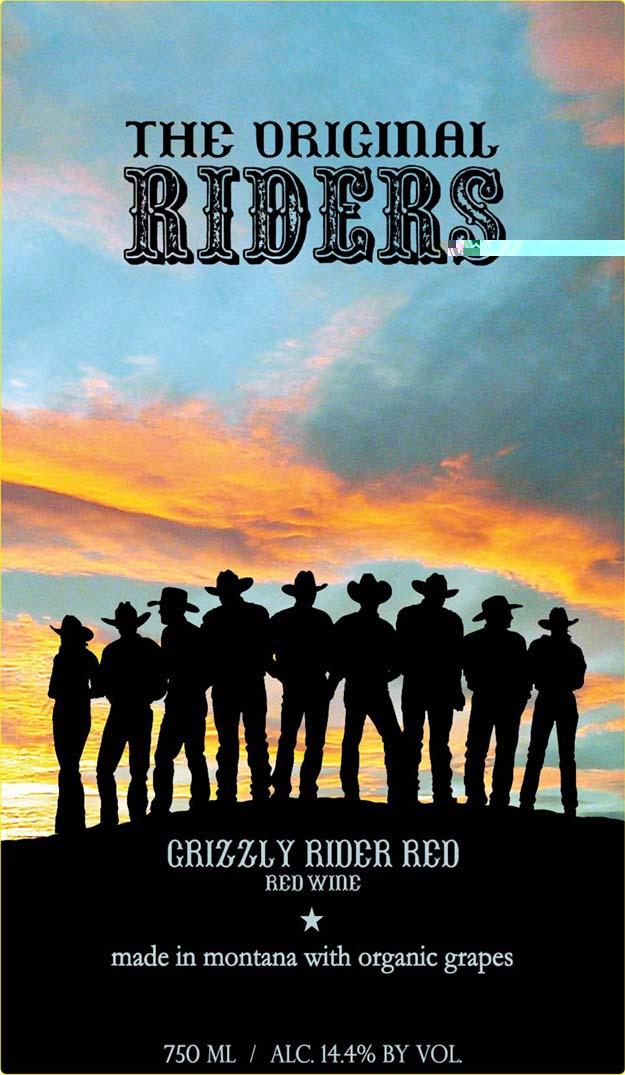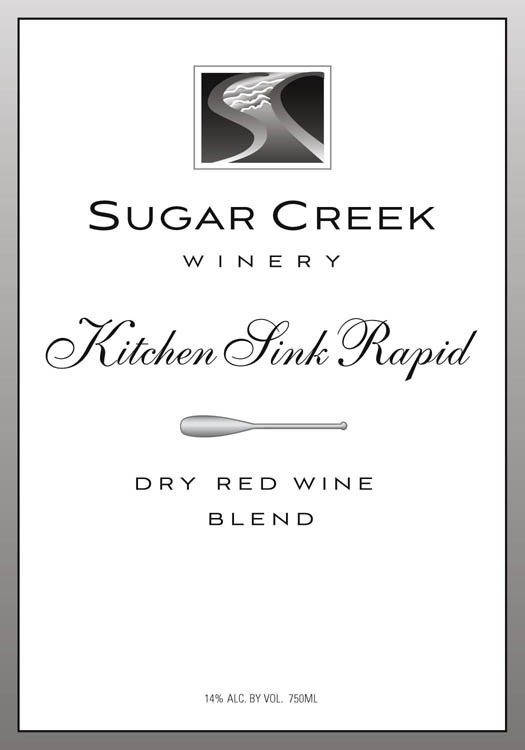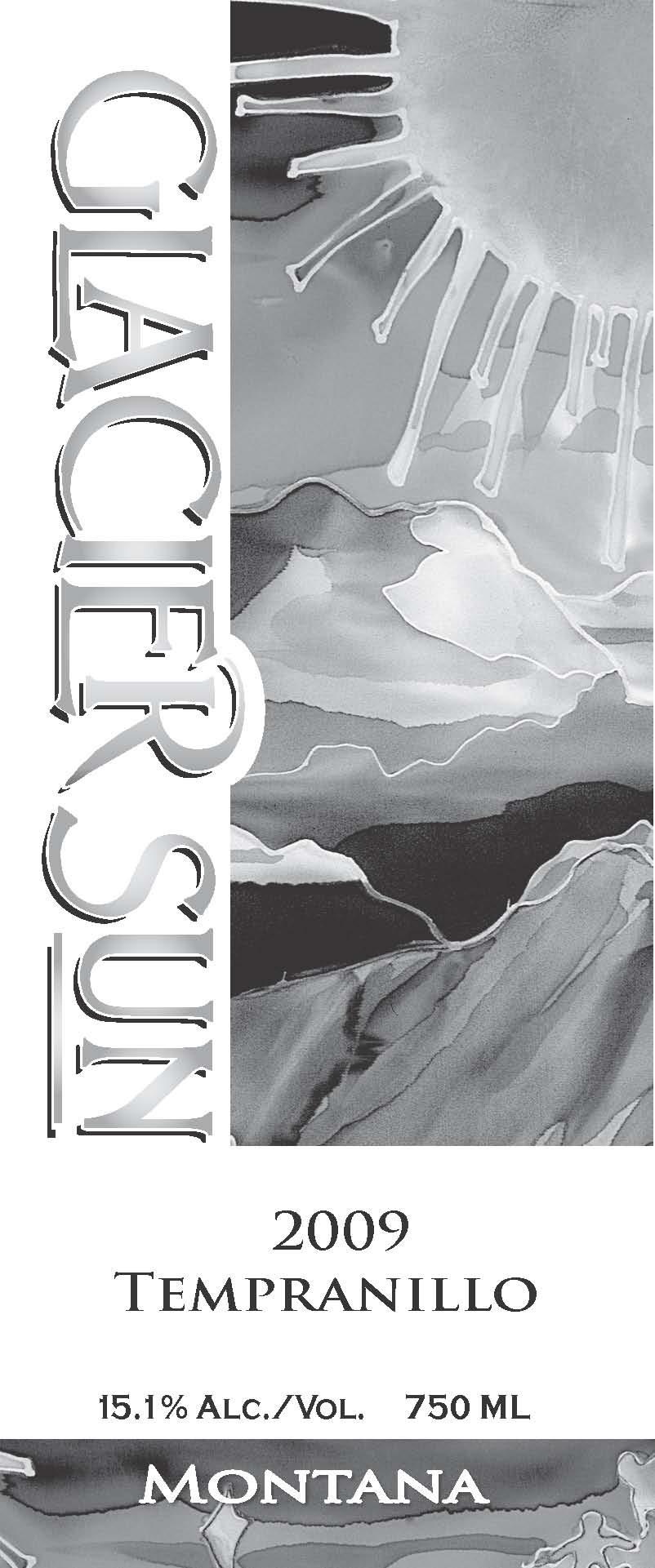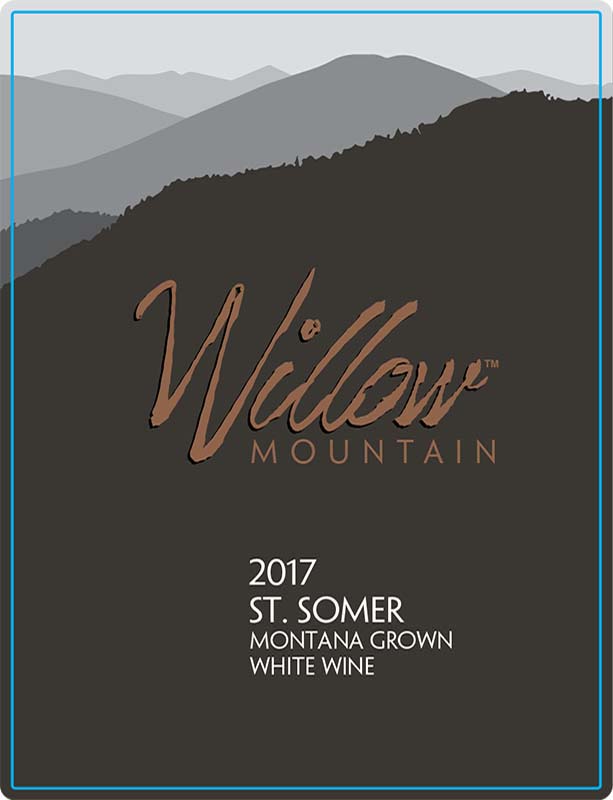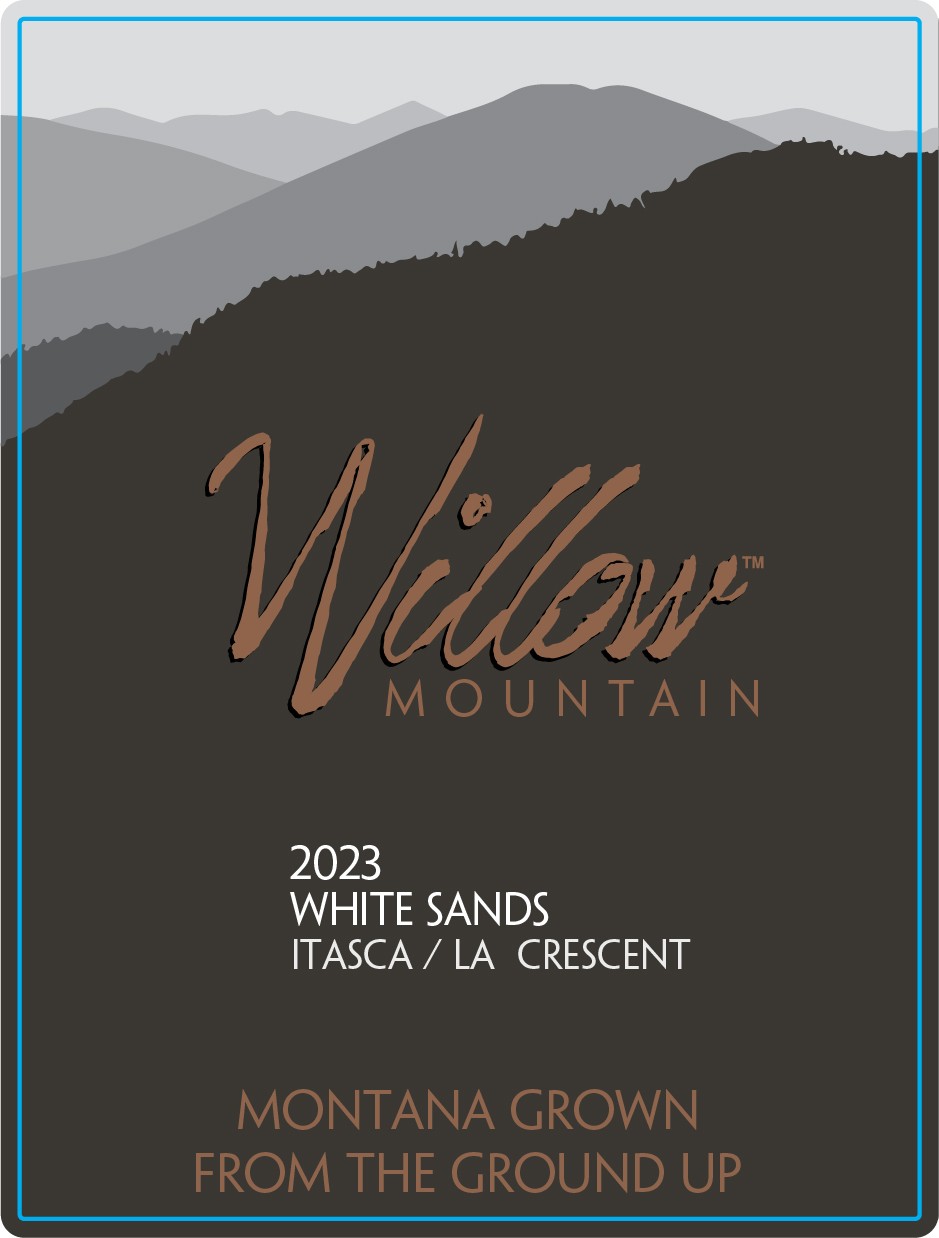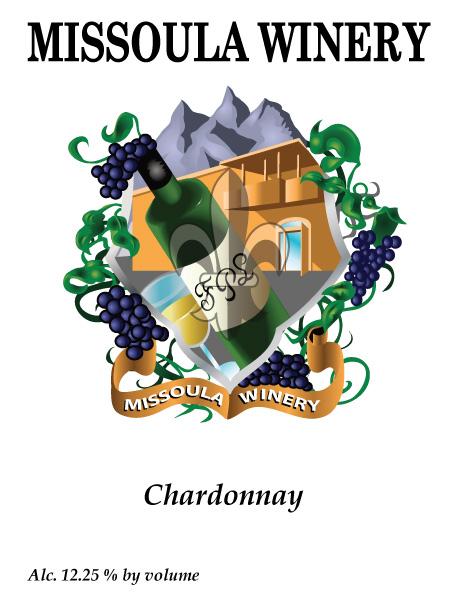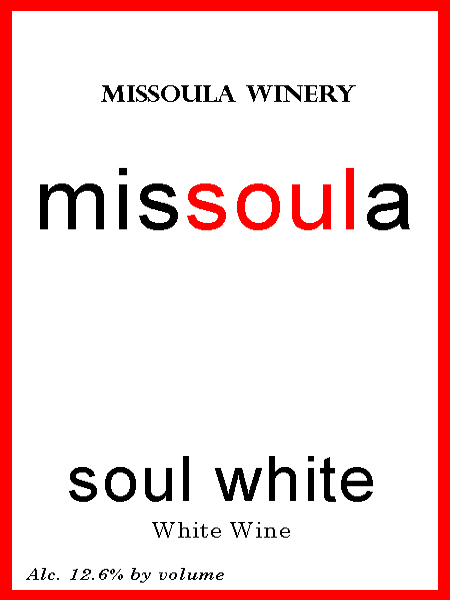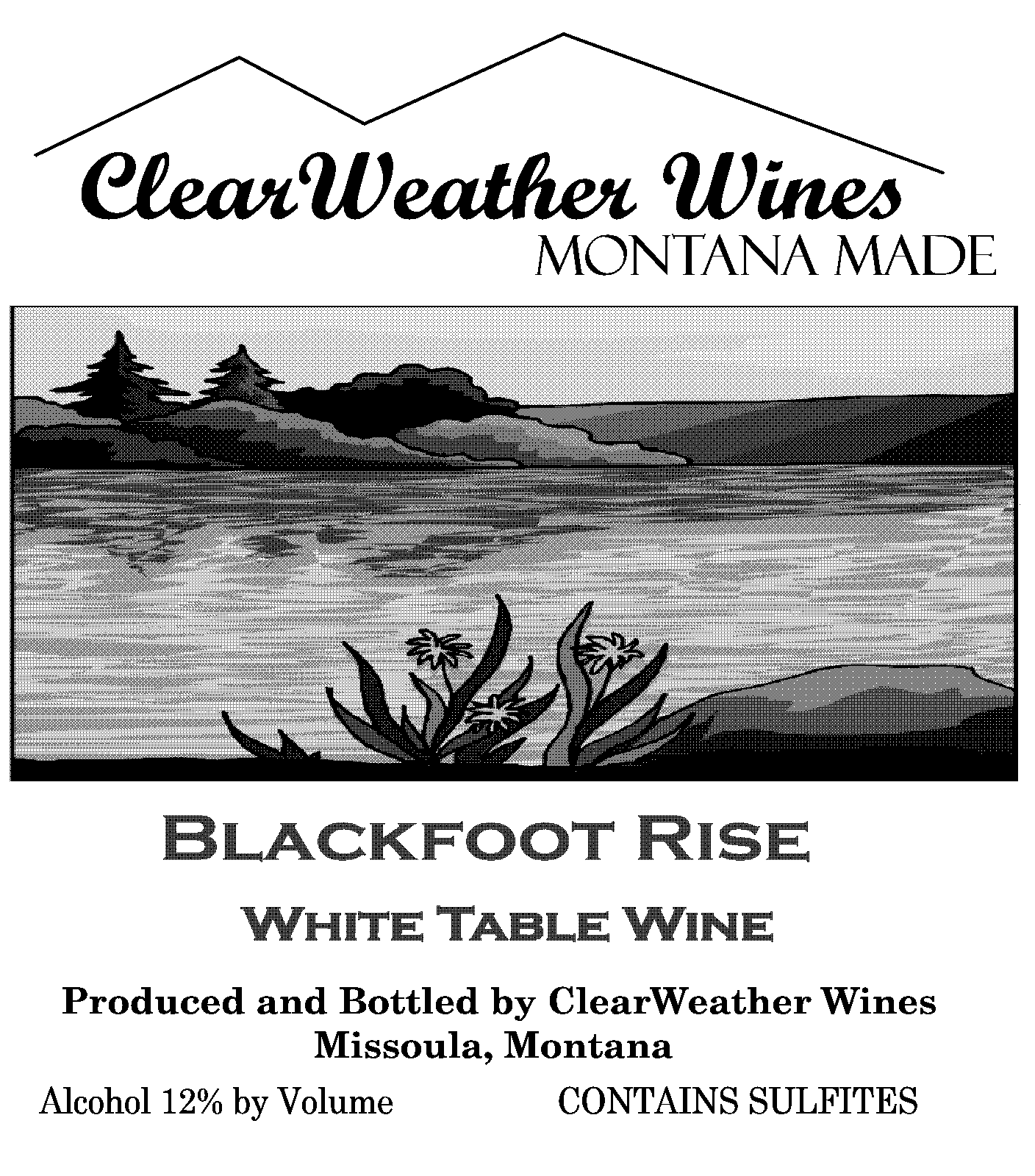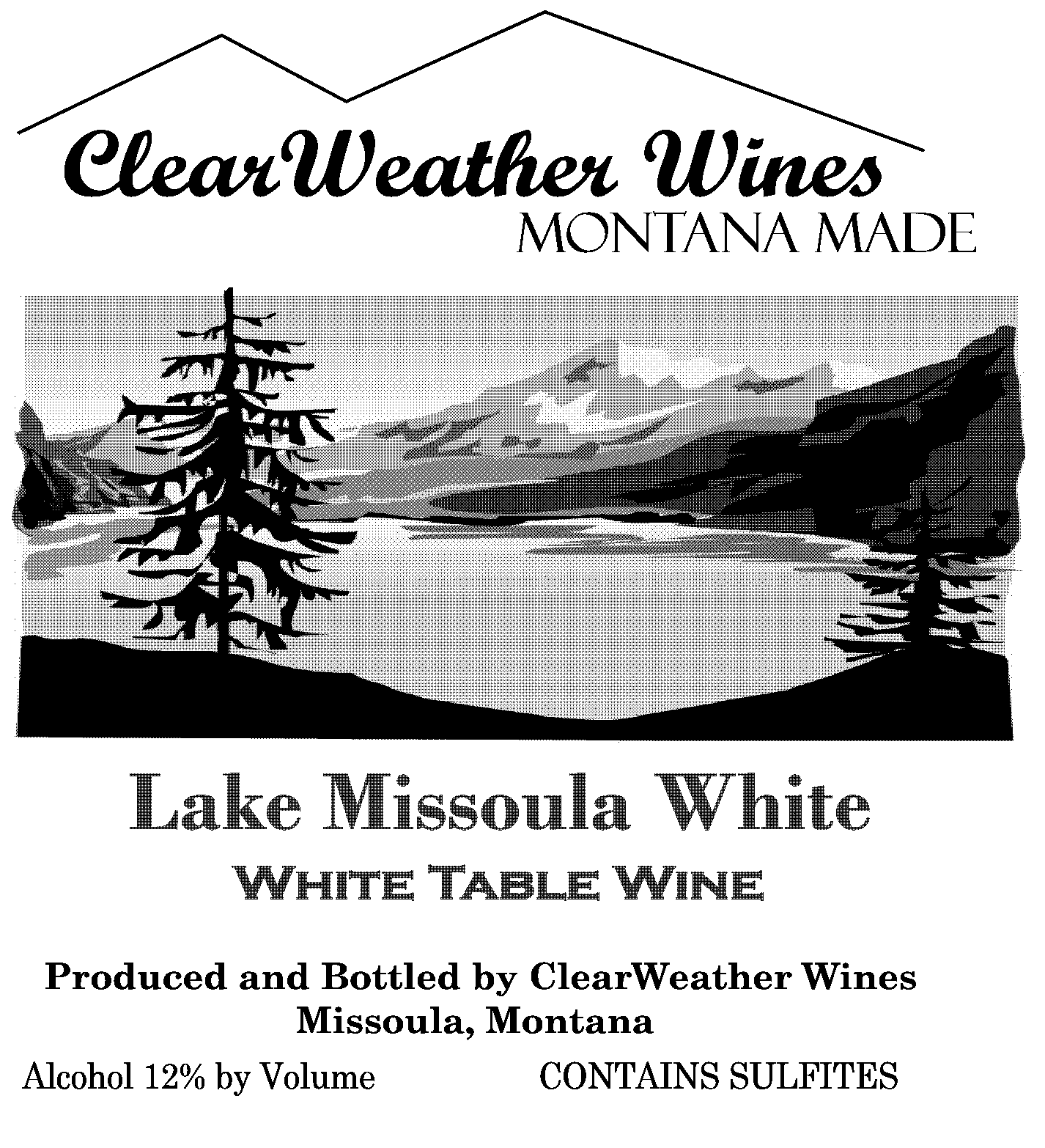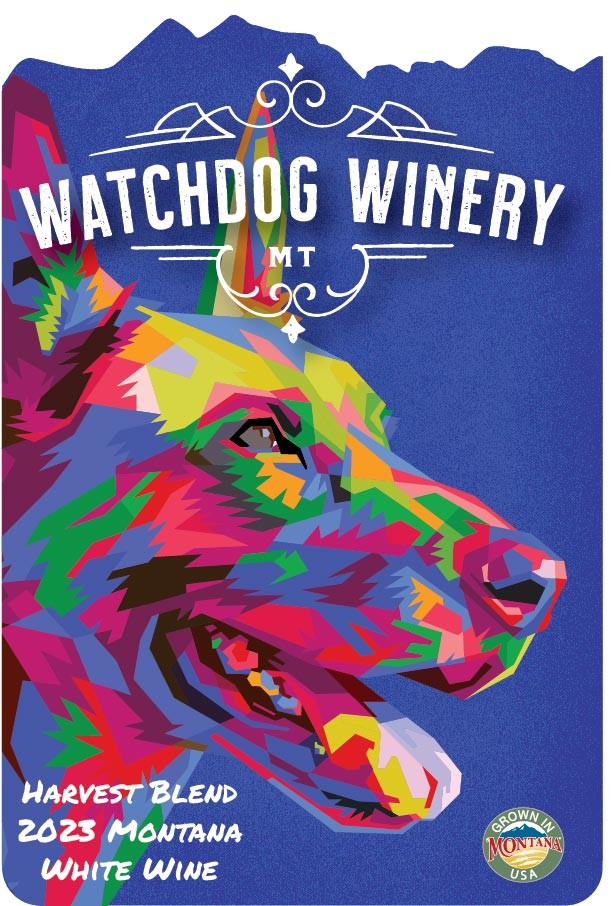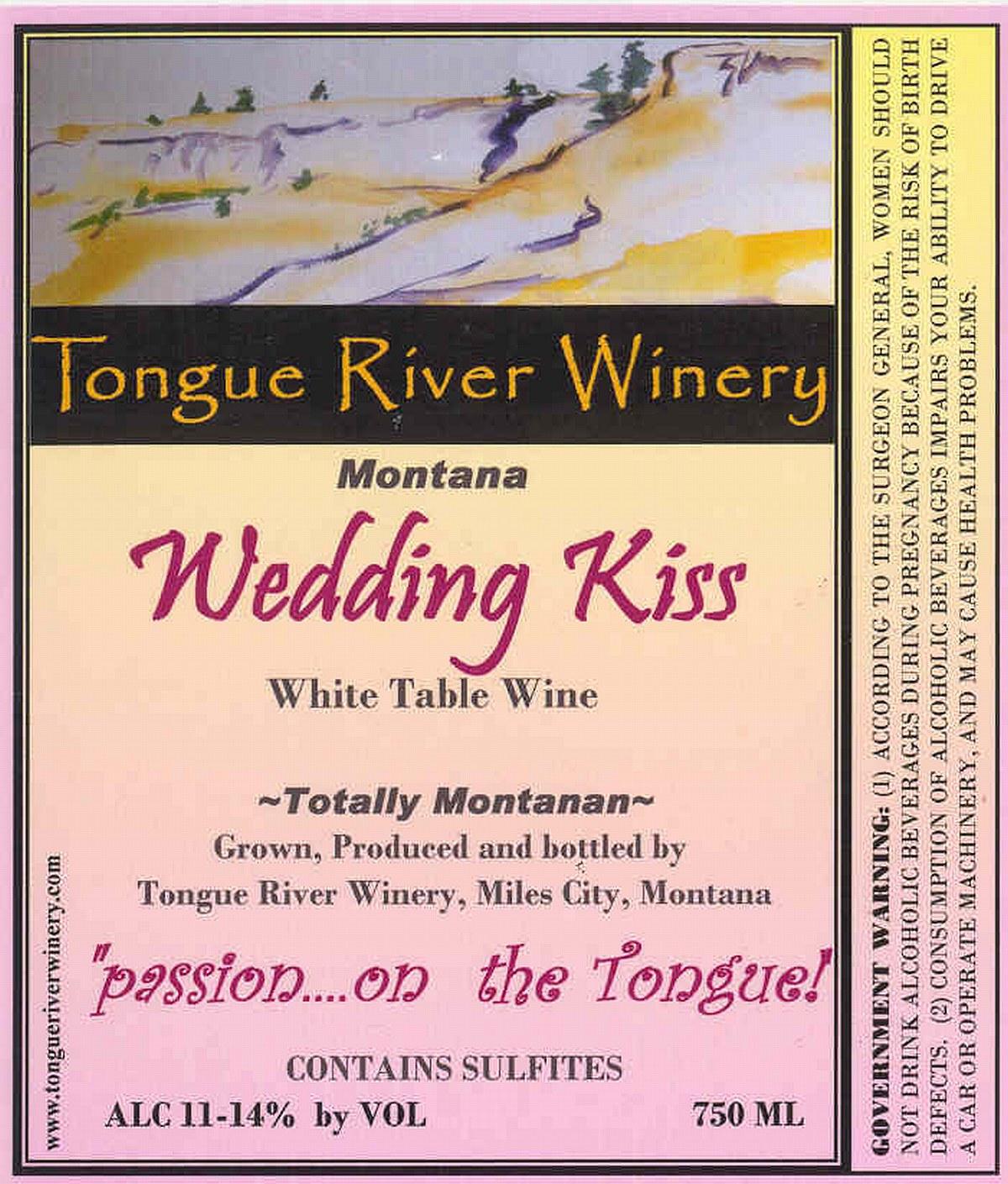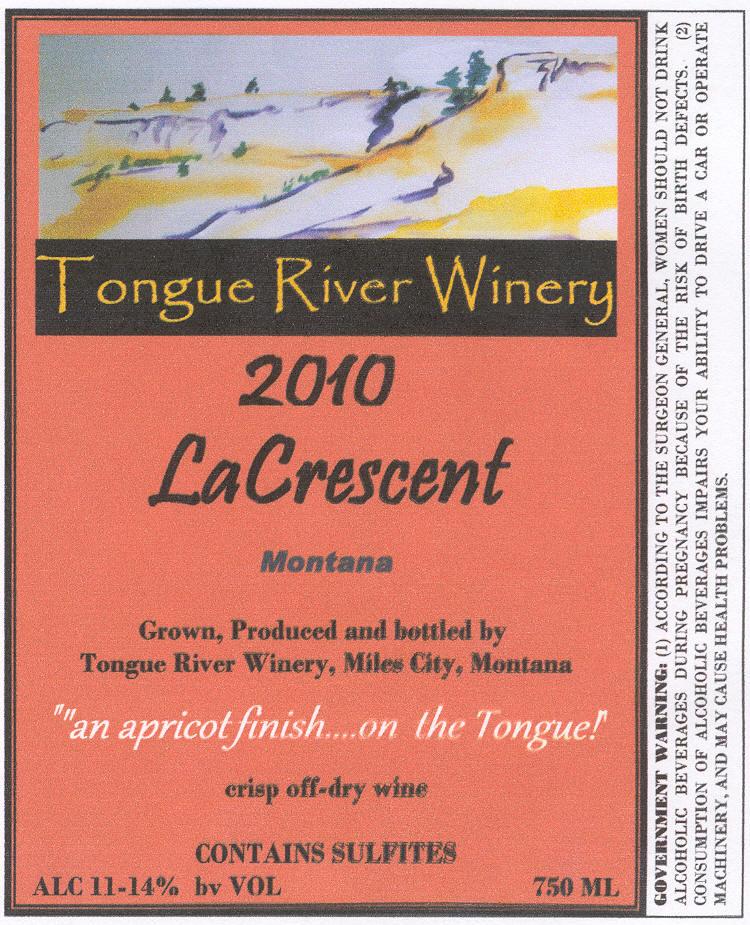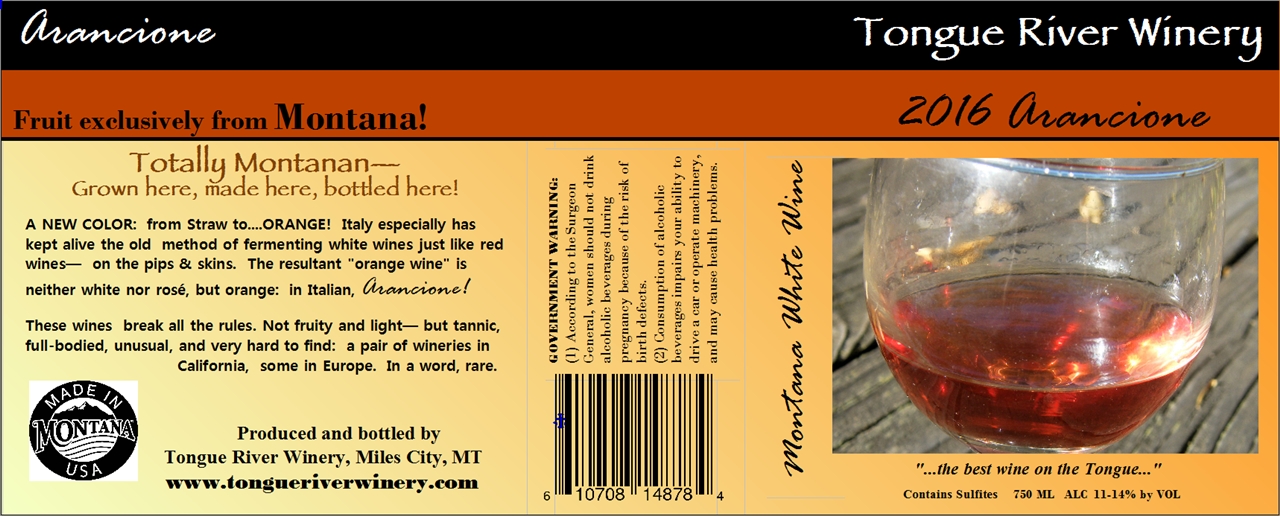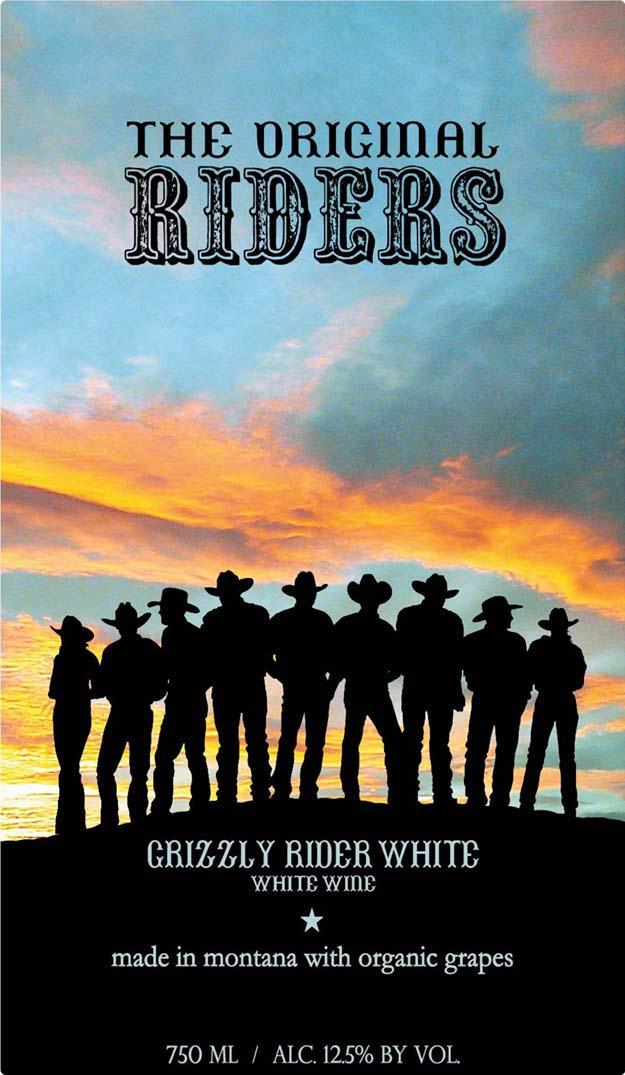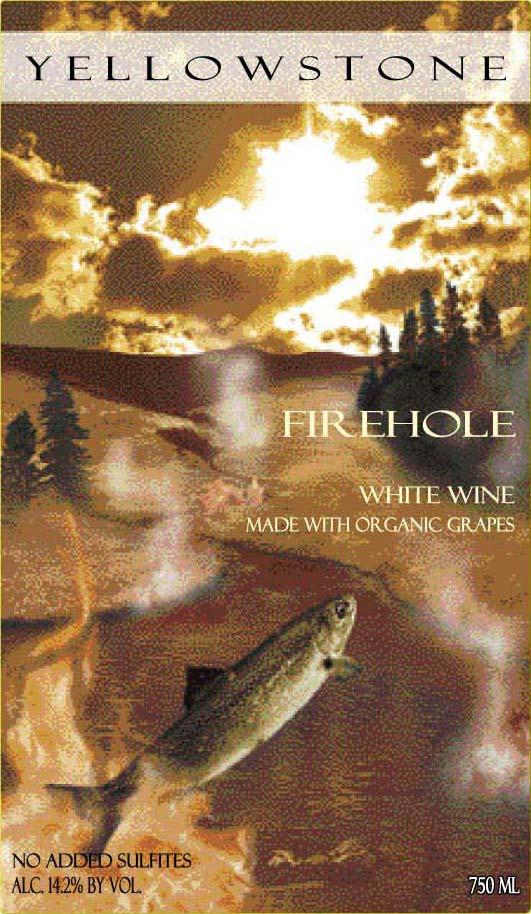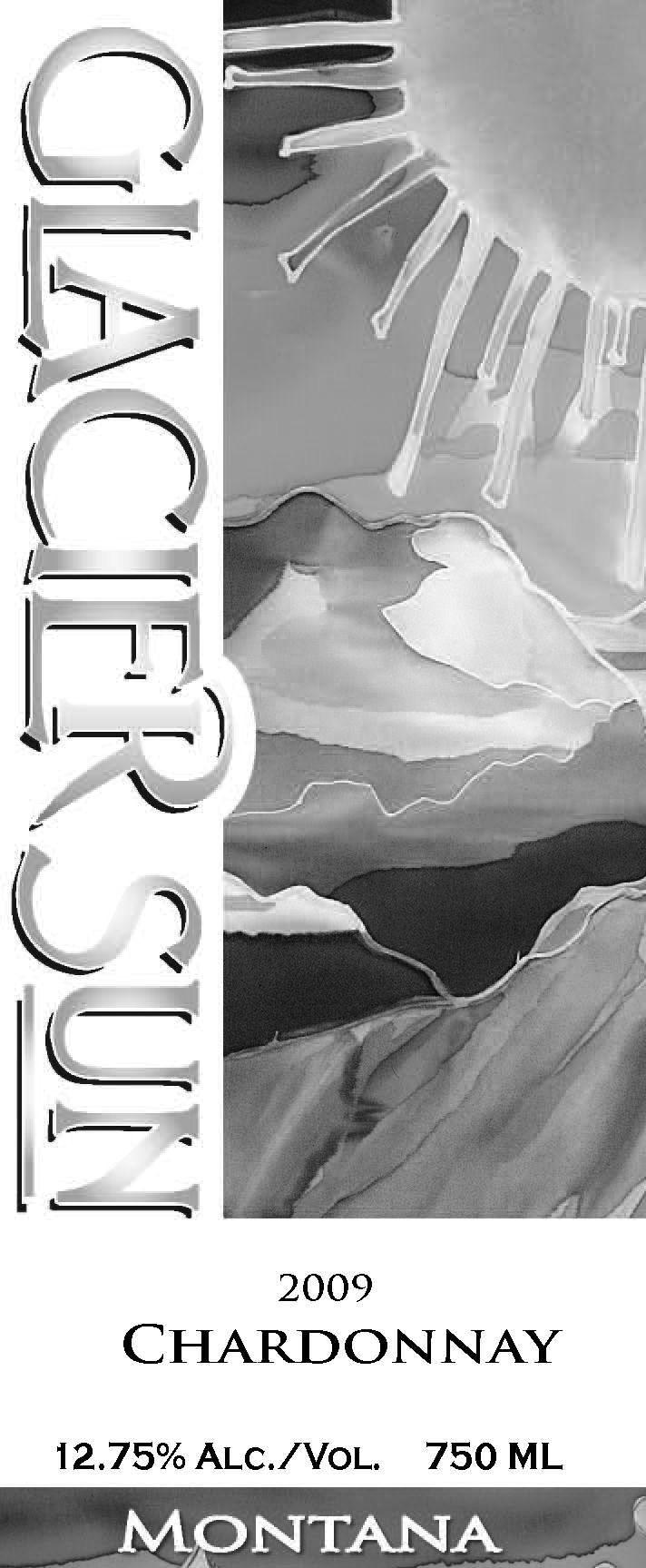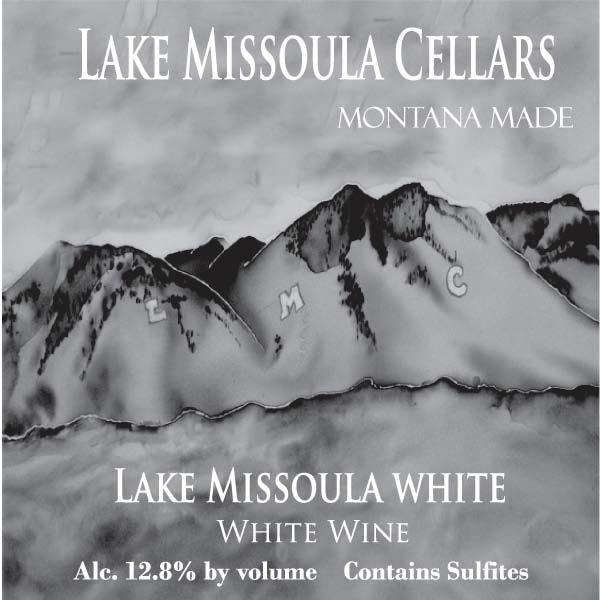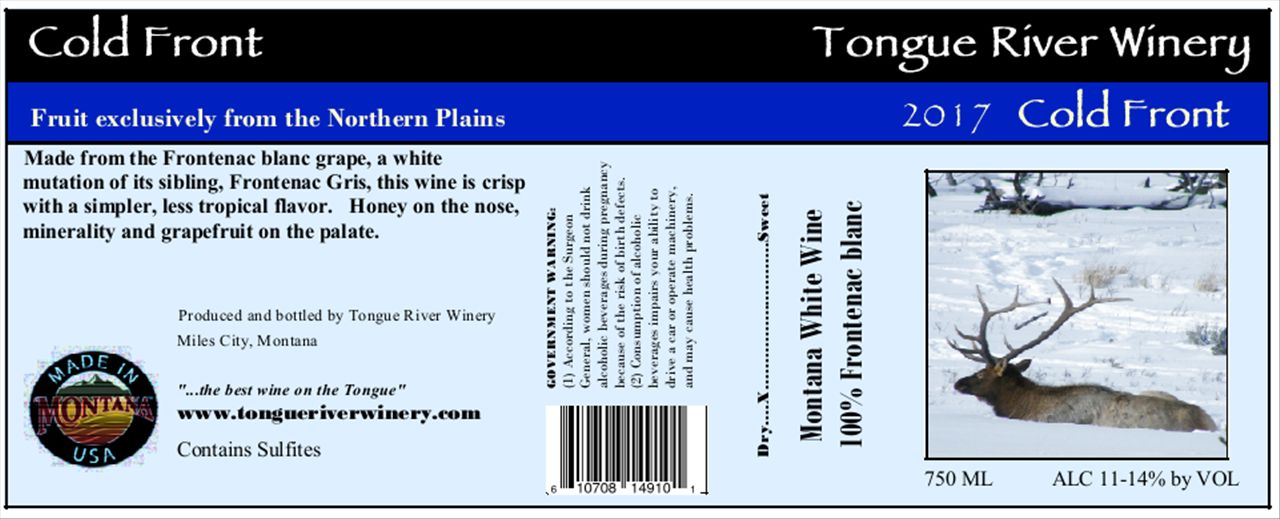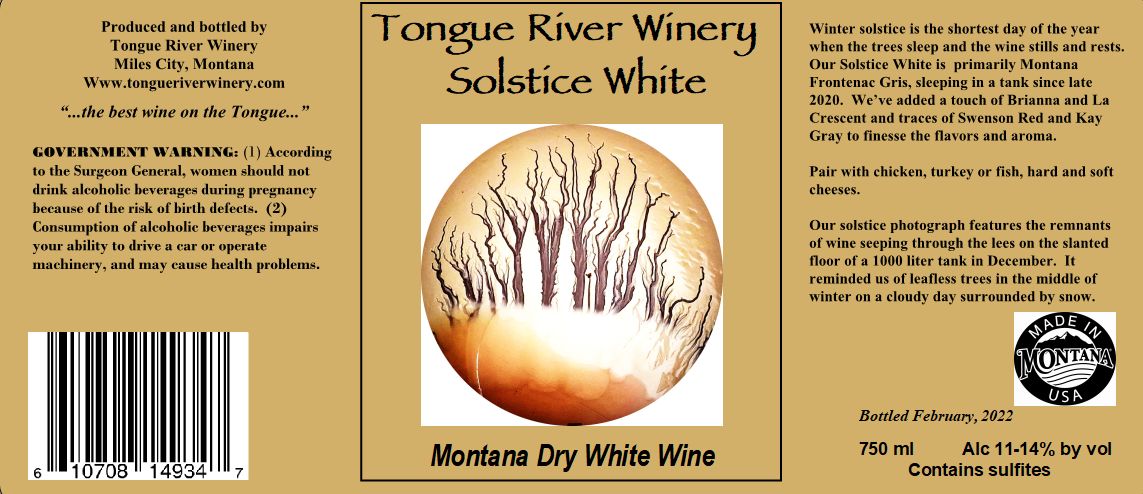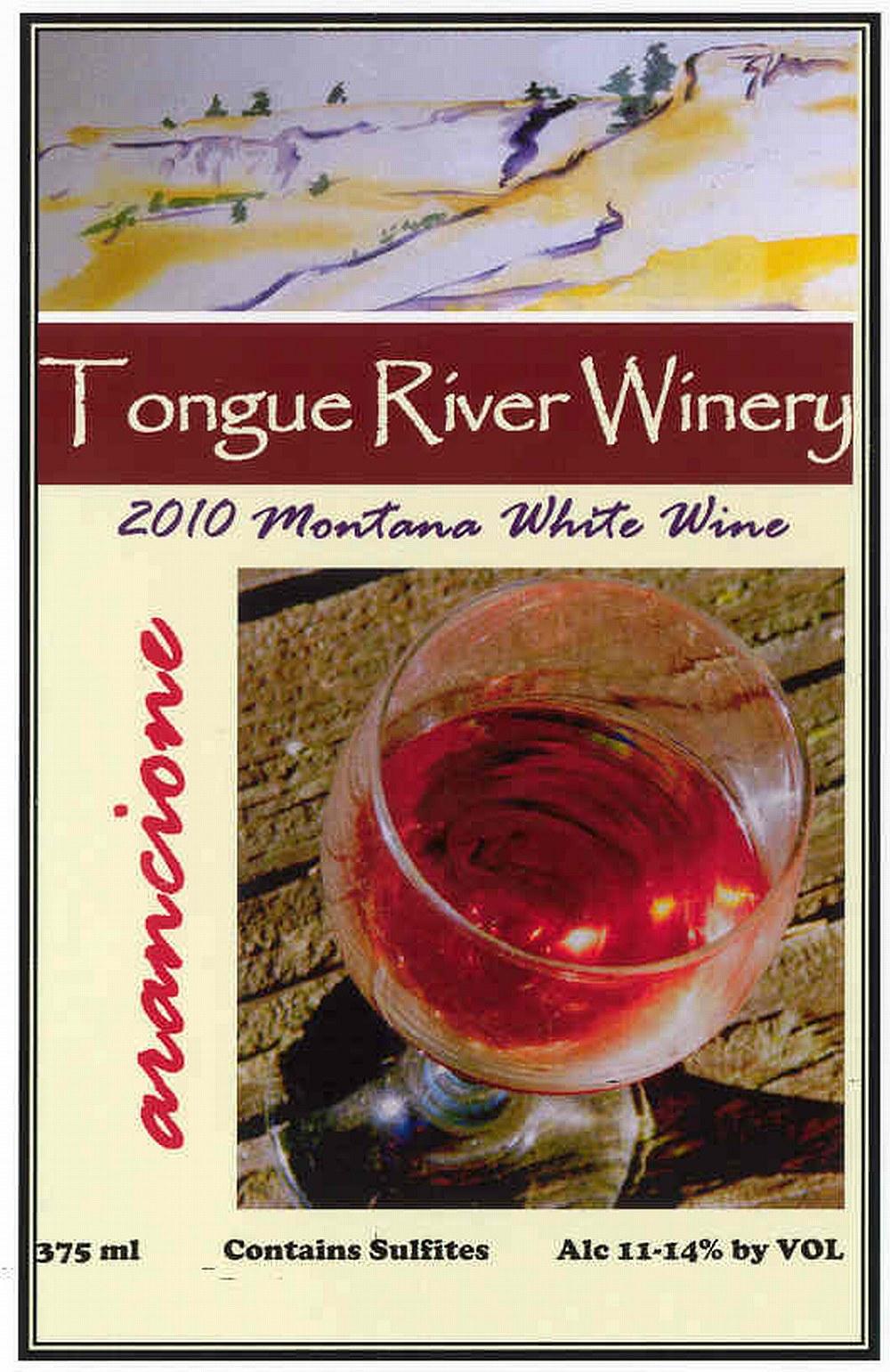Terroir of Montana
The terroir of Montana is characterized by its continental climate, diverse microclimates, and mineral-rich soils, which add a unique character to its wines. The state's vineyards flourish in regions like Flathead Lake, where geographical features soften the harsh climate, creating warmer areas known as banana belts. Here, warm days and cool nights help grapes develop bold flavors and maintain crisp acidity.
Montana's well-drained, mineral-rich soils support sustainable viticulture with minimal disease risk. The semi-arid climate, with low humidity and strong sunlight, ensures clean, high-quality fruit. Despite the challenges of harsh winters, where temperatures can drop well below zero, cold-hardy hybrid grapes, such as those from French-American hybrid vines, thrive. These conditions result in wines that reflect Montana’s distinctive landscape and climate.
Notable Wineries in Montana
Montana's burgeoning wine scene proves that exceptional wines can thrive even in unexpected places. Here are some standout wineries:
-
Mission Mountain Winery: As Montana’s first bonded winery, it crafts award-winning wines with grapes from Flathead Lake and Washington.
-
Tongue River Winery: Known for its Montana-grown wines, it uses local grapes like Marquette and Frontenac, producing award-winning varietals.
-
Ten Spoon Vineyard & Winery: This organic Missoula winery is celebrated for its sulfite-free wines and community-focused events.
-
D. Berardinis Winery: A boutique Polson winery crafting unique blends, including cherry and Marquette, all from local fruits.
These wineries, with their commitment to quality and innovation, are putting Montana on the wine map with their distinctive, locally-sourced wines.
Sustainable Winemaking in Montana
Montana's winemakers are crafting a sustainable future by blending tradition with innovation. Embracing cold-hardy, disease-resistant grape varieties like Marquette and Frontenac, they capitalize on the state's low humidity and semi-arid climate to minimize chemical use. Organic and minimal-intervention farming practices enhance biodiversity and soil health, while local sourcing reduces carbon footprints. By utilizing local ingredients and repurposing grape byproducts, Montana wineries create sustainable, closed-loop systems.
Water conservation is vital, with efficient irrigation and responsible water use at the forefront. As climate change presents new challenges, Montana's wine industry is adapting by exploring ultra-hardy grape varieties and implementing climate-resilient techniques. Supported by research and education, these efforts aim to expand vineyard land sustainably, ensuring Montana's wine scene continues to thrive while preserving the state's natural beauty.
Wine Tourism in Montana
Montana offers a unique wine tourism experience, blending its rugged beauty with emerging viticulture. Visitors can explore a wine trail that spans the state, starting from the southeast and winding through the picturesque Flathead Lake region. This trail showcases Montana's diverse microclimates and the innovative spirit of its winemakers. Many wineries are nestled in scenic areas, providing stunning views and outdoor activities.
Tasting rooms often reflect local charm, with owners eager to share their stories. Montana's wines are crafted from cold-hardy grapes like Marquette and Frontenac, reflecting the region's terroir. Local fruit wines and meads add to the unique offerings, providing an authentic taste of the area. Sustainable practices and a focus on quality ensure that visitors enjoy not only the wine but also the commitment to preserving Montana's natural beauty. As these wineries gain recognition, they offer a chance to discover a burgeoning wine region.



